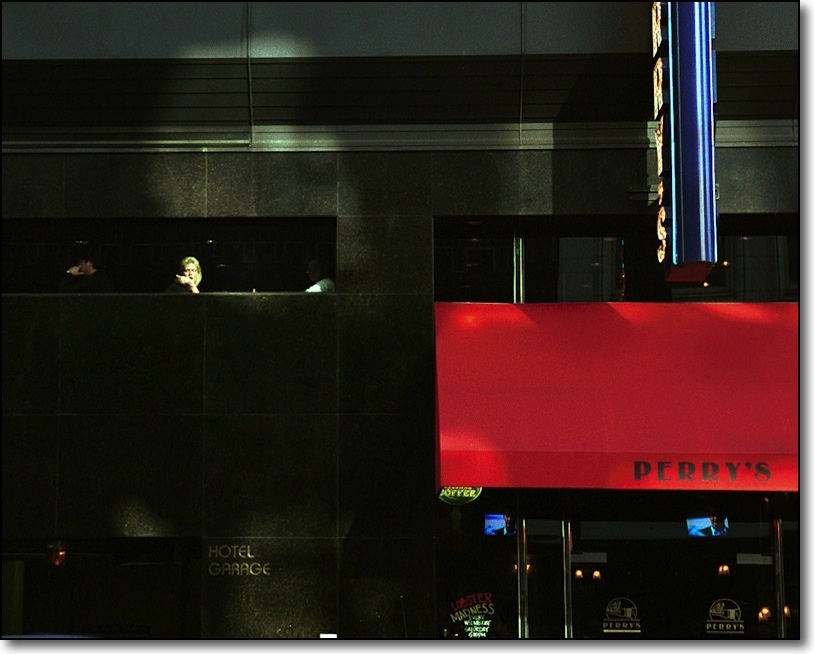About those ‘best’ pictures.
One thing both Aperture and iPhoto encourage the user to do is to rate images with up to five stars. What constitutes a one, two, three, four or five star image is left up to you, of course, but the system adds a useful learning process to the cataloging experience.
As my use of Aperture is recent (as is the application) and I use it to store ‘photographs’ rather than ‘family snaps’ (iPhoto is ideal for those) I get to rate all the images in the Aperture database at one time, suggesting that I am at least applying like standards of evaluation. Over time this process may be worth less, for what seems great today may not pass muster tomorrow as taste and standards change. However, at this one point in time it seems to me the star ratings may be reasonably meaningful.
So what is a ‘Five Star’ image? For me that’s easy. It’s the one where my instinctive reaction is, simply, ‘Wow!’. I want to show that one to everybody, mount it, matt it, frame it. Rightly or wrongly, I expect you to like it. I will to come back to it time and again.
I have been taking ‘serious’ pictures since 1971, when I was twenty and for the first thirty years my ‘serious camera’ was a rangefinder Leica, so you will understand the preponderance of Leica and monochrome pictures in my Five Star list.
My Aperture library holds 2,748 pictures.
Of these but 64, or some 2%, get Five Stars.
18 of these are monochrome, all film.
5 are digital. (Three on the 5D, two on the LX-1, which tells you something about that little point-and-shoot)
44 are on 35mm film.
11 are on medium format.
4 are on large format.
39, no less, were taken on a Leica.
4 were with 20-28mm (or equivalent) lenses.
51 were with 35 or 50mm lenses, about evenly split.
6 were with 90mm lenses.
3 were with 200mm or longer.
So the most common thread is a 35 or 50mm lens on the Leica using TriX – hardly surprising for one who grew up as a street photographer. Now I no longer use film and my only Leica connection is the Leica lens on my Panasonic LX1, and a fine lens it is, invariably used at its widest 28mm setting in widescreen format.

A Five Star image.
Lonely – a tribute to Edward Hopper. Leica M2, 90mm Apo Summicon-M Asph, Kodak Gold 100.
The last day of the millenium. December 31, 1999, San Francisco
What is intriguing about the above small data set is that 5 out of the 64, or nearly 8%, were taken on digital, a medium I started using seriously with the purchase of the Canon 5D in February of this year, barely 8 months ago. Now when I converted the picture library to Aperture there were some 2,000 film pictures, at which point new additions were digital, so the ‘Five Star’ rate for film pictures is 3% (59/2000) whereas that for the digital additions is 0.5% (5/748). So that’s a high number of digital Five Stars added in an eight month period (over 35 years that extrapolates to 263 Five Star pictures!) but a low rate of Five Star digital snaps, barely 0.5%.
Which sort of points to where I had already arrived intuitively before running these numbers – digital, because of its accessibility and speedy production time, encourages you to take more pictures but there’s a lot of dross burying the jewels. But I think it’s a fair trade off. I would rather increase my output of Five Star pictures, even if the trade off is more mediocre ones.